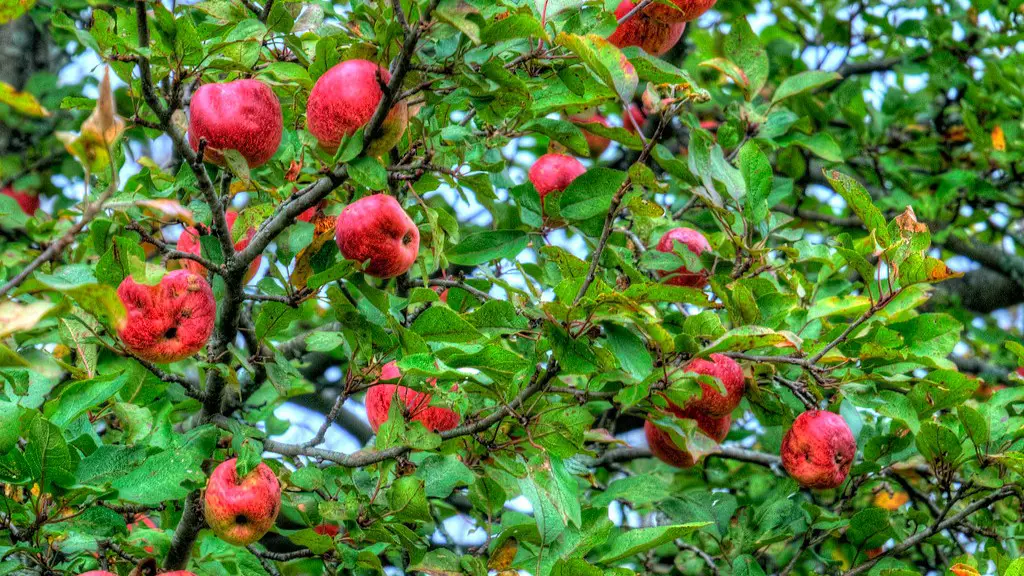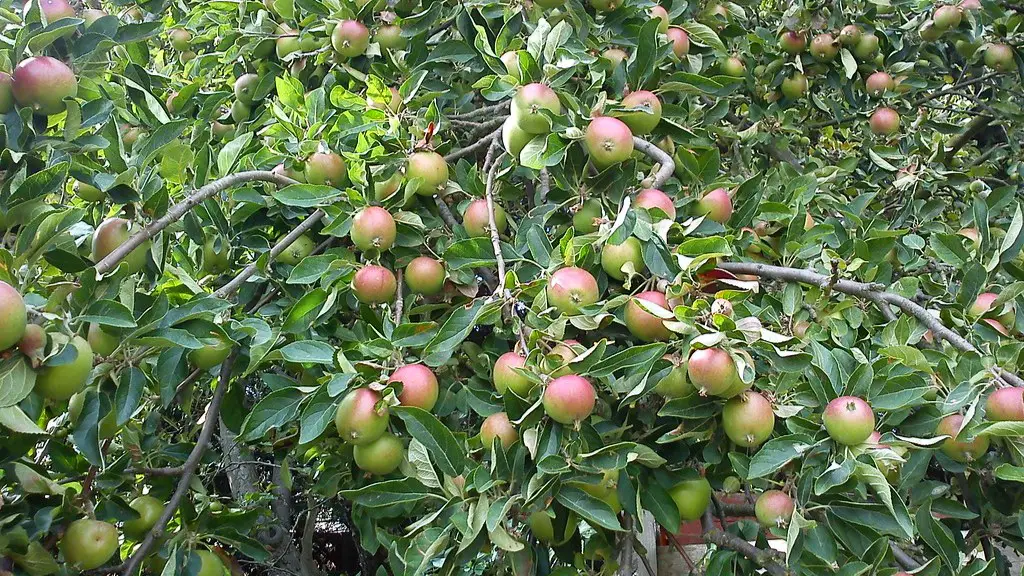Avocado trees can suffer from a variety of diseases, but one of the most serious is root rot. This occurs when the root system of the tree is weakened, leading to symptoms such as wilting, yellowing leaves, and fruit drop. When left untreated, root rot can be fatal to an avocado tree. Fortunately, there are steps that can be taken to save a tree infected with root rot, including proper cultural practices and chemical treatments.
Improving Cultural Practices
The most effective way to prevent and treat root rot is through improving cultural practices. This includes making sure the planting area has good drainage and that water is not allowed to pool around the tree roots. The soil should also be tested for pH and have the appropriate amendments made to help the tree obtain optimal nutrients. For example, it may be necessary to add sulfur to the soil if the pH is too high, or lime if the pH is too low. Pruning the tree branches and reducing the amount of fertilizer used are also important cultural practices for promoting healthy growth.
Controlling Fungi and Insects
Fungi and insects can invade an avocado tree, and this can lead to root rot. The most common fungus is called Phytophthora cactorum and can be managed through chemical treatments as well as by improving cultural practices. Insects can also cause damage to an avocado tree, and the best way to prevent this is by inspecting the tree regularly and taking preventive measures, such as avoiding overcrowding plants or disturbing the soil when transplanting.
Stimulating the Roots
Once root rot has set in, it can be difficult to save a tree. In severe cases, the infected roots may have to be removed, and a new root system may need to be established. This is where root stimulation may help. Stimulating the roots promotes new growth, allowing a tree to recover more quickly and efficiently. Chemical treatments, such as fungicides and insecticides, can also be used to help save an avocado tree from root rot.
Protective Barriers
Protective barriers, such as mulch and plastic sheeting, can be used to help an avocado tree resist root rot. These materials act as barriers, preventing water and pests from coming into contact with the tree’s root system. Mulching can also help improve the soil quality, making it more hospitable to the tree’s roots.
Fertilization
Root rot can also be caused by inadequate fertilization, such as an imbalance of nitrogen, phosphorous, and potassium. To remedy this, a specialist can recommend specific fertilizers and soil conditioners to restore nutrient levels in the soil. Fertilizing correctly can help an avocado tree become more resistant to root rot.
Replacing Injured Roots
In some cases, the root rot may have been caused by a root injury, making it necessary to remove the damaged root. When this happens, the tree may need to be replanted with a new root system, which can be a difficult process. Fortunately, there are now products available that can make replanting easier, allowing a tree to quickly establish a new root system and avoid root rot in the future.
Signs of Healthy Roots
It is also important to be aware of the signs of healthy roots. Avocado trees with healthy roots will have a strong and healthy stem, lush foliage, and abundant fruits. If a tree is not displaying these signs, it is important to take action and prevent root rot from taking over.
Early Detection
The key to saving an avocado tree from root rot is early detection. It is important to keep an eye out for any signs of stress, such as wilting leaves or decreased fruiting. If any of these signs are noticed, it is important to take immediate action and begin treating the tree. Prevention is always the best way to protect an avocado tree against root rot.
Monitoring and Maintenance
Once a tree has been treated for root rot, it is important to continue monitoring and maintaining it. This could include regularly testing the soil, pruning the tree, and fertilizing correctly. In some cases, soil additives may be necessary to keep the tree healthy and free from root rot in the future. With proper maintenance and care, an avocado tree can remain strong and healthy for many years.
Expert Advice
It is always wise to consult with an expert before attempting to treat an avocado tree for root rot. Specialists are familiar with the best methods for prevention and treatment, and they have the experience and knowledge needed to determine the best course of action. By seeking expert advice, an avocado tree can be saved from root rot and remain healthy and productive in the years to come.
Providing Adequate Water
Another important factor for preventing root rot is providing adequate water to the tree. The amount of water needed will vary depending on the climate and other conditions in the area, and it is important to check the soil moisture levels regularly. Overwatering can cause root rot, so it is important to strike the right balance. In general, avocado trees need less water than other fruit trees, but it is still important to provide them with the amount they need for their particular climate.
Chemical Treatments
When all else fails, chemical treatments may be necessary to save an avocado tree from root rot. Fungicides and insecticides can be applied to the tree to kill off the pests or fungi that are causing the problem. In severe cases, it may be necessary to treat the soil as well, to prevent the infection from returning. Chemical treatments may also be used in combination with other treatments, such as improving cultural practices, to ensure a tree’s health.


